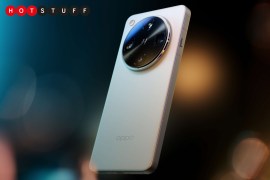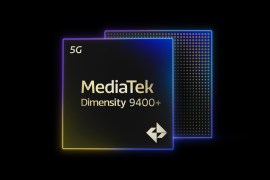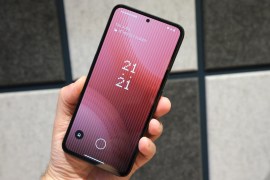Vivo X200 Pro review: why can’t this be on sale everywhere?
The best zoom lens of any smartphone?
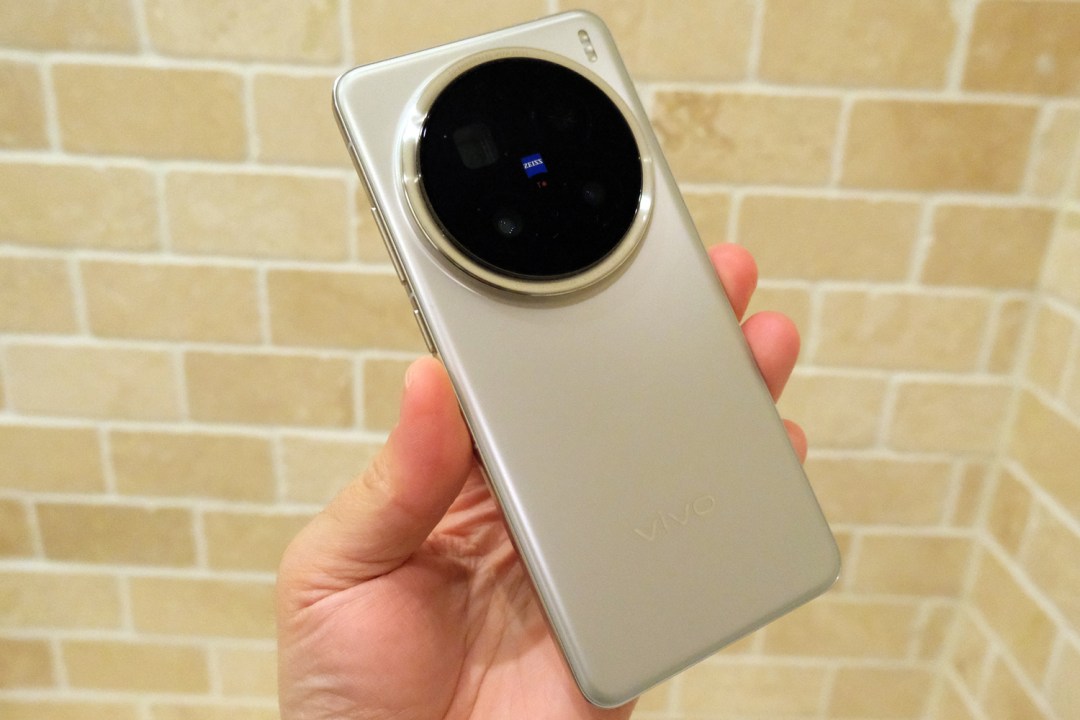
Stuff Verdict
Another fantastic flagship and arguably the best cameraphone out there right now for zoom photography. The Vivo X200 Pro has no major weakness – except for its limited global availability.
Pros
- Outstanding photos in all situations
- Flagship performance and long battery life
- Slick stying and gorgeous OLED screen
Cons
- Limited regional availability
- Funtouch OS not to all tastes
Introduction
It might not have much of an official presence here in the West anymore, but phone camera die-hards should still be well versed with Vivo. The firm’s best smartphones have become a photography force to be reckoned with, making it worth jumping through the extra hoops in order to get get hold of one. Spoiler alert: the Vivo X200 Pro continues that trend.
I was a huge fan of last year’s Vivo X100 Pro, and the successor model promised even greater zoom photos when it landed in China earlier in 2024. It borrows some hardware from the X100’s range-topping Ultra variant, packs in top-tier MediaTek power, and one of the biggest batteries seen in a mainstream phone. The ‘global’ variant I’ve been trialling (which in Vivo terms largely means India and Malaysia) has Google Play on board, too, making it far more appealing to those looking to import than the Chinese original. It’ll set you back ₹95,000 in India, or roughly £890.
After a week or two of testing, it’ll take something pretty special to get me to remove my SIM card from it.
How we test smartphones
Every phone reviewed on Stuff is used as our main device throughout the testing process. We use industry standard benchmarks and tests, as well as our own years of experience, to judge general performance, battery life, display, sound and camera image quality. Manufacturers have no visibility on reviews before they appear online, and we never accept payment to feature products.
Find out more about how we test and rate products.
Design & build: flat’s where it’s at

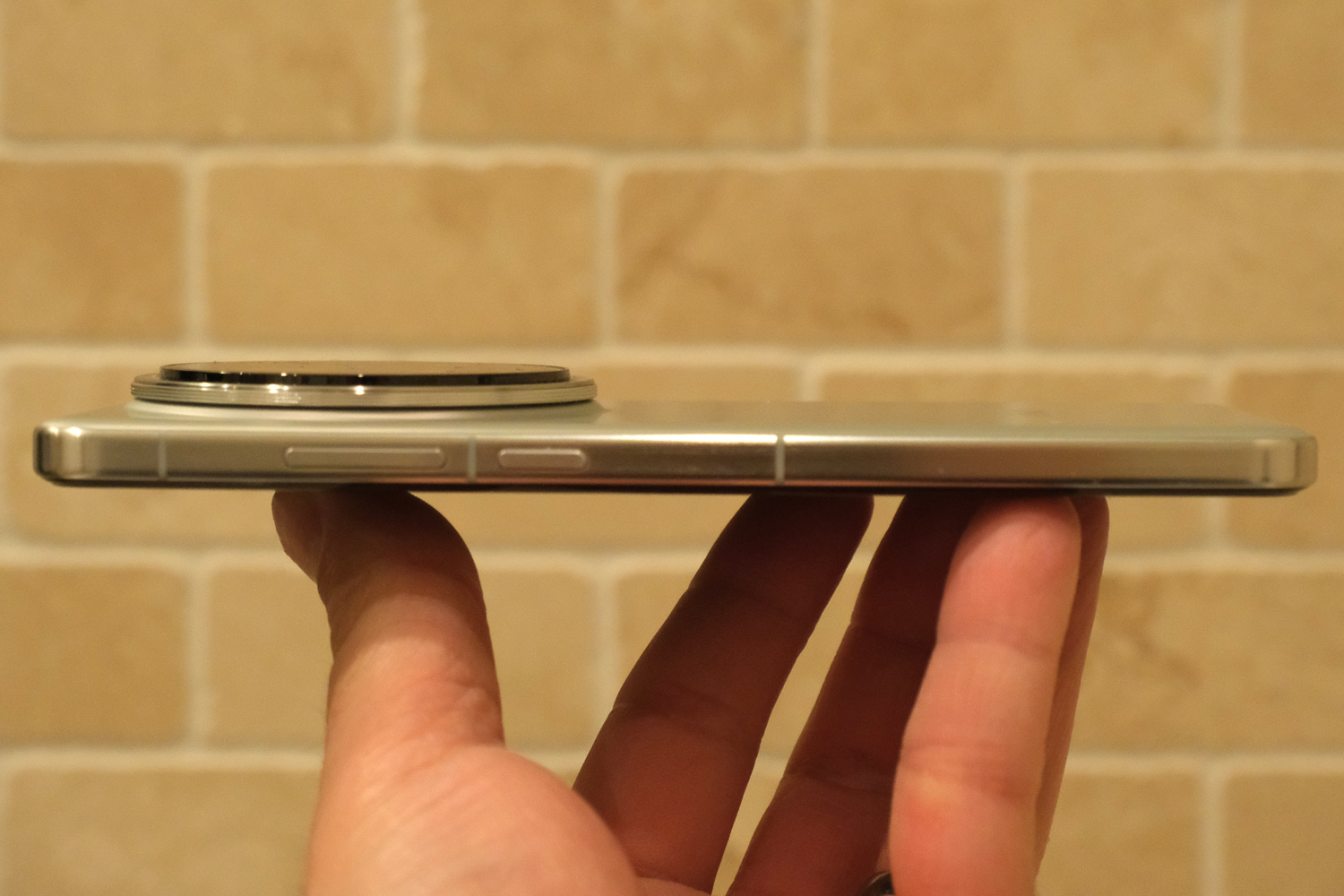
No, it’s not just you: modern phones really are all starting to look the same. Vivo is the latest to launch a flagship with squared-off sides and a giant circular camera bump, joining Oppo, Honor and Xiaomi to just name a few. At least the X200 Pro hasn’t gone all-in on the trend for flat display glass, instead going with a subtle 2.5D curve on all four sides.
The display might not bleed into the bezels now, but the glass doesn’t reflect light in a distracting way anymore, and is smoother to the touch than an entirely flat screen. I think it’s the best of both worlds. Top marks to Vivo for including an ultrasonic fingerprint sensor, too: it’s as quick as it gets, even with wet digits, and doesn’t blind you at night by illuminating a small portion of the screen.
What you won’t find are stablemates OnePlus and Oppo’s alert slider or iPhone-aping Quick Button. I haven’t taken a phone off vibrate in at least a decade and thought the Find X8 Pro‘s camera shortcut was a bit limited, so can’t say I miss them too much.
Fans of colourful handsets should check out the Blue model, which has a distinctive, ocean-like ripple on its rear glass. My Titanium review unit and Green are a close second, with a matte metal appearance that helps stave off fingerprint muck. Black and White complete the line-up, and knowing smartphone shoppers will probably be the most popular.
Every version is both IP68 and IP69 resistant. I don’t often encounter high pressure water jets, so can’t vouch for the extra protection, but it hints at prolonged dunkings not being the disaster they once might’ve been.
Screen & sound: how refreshing
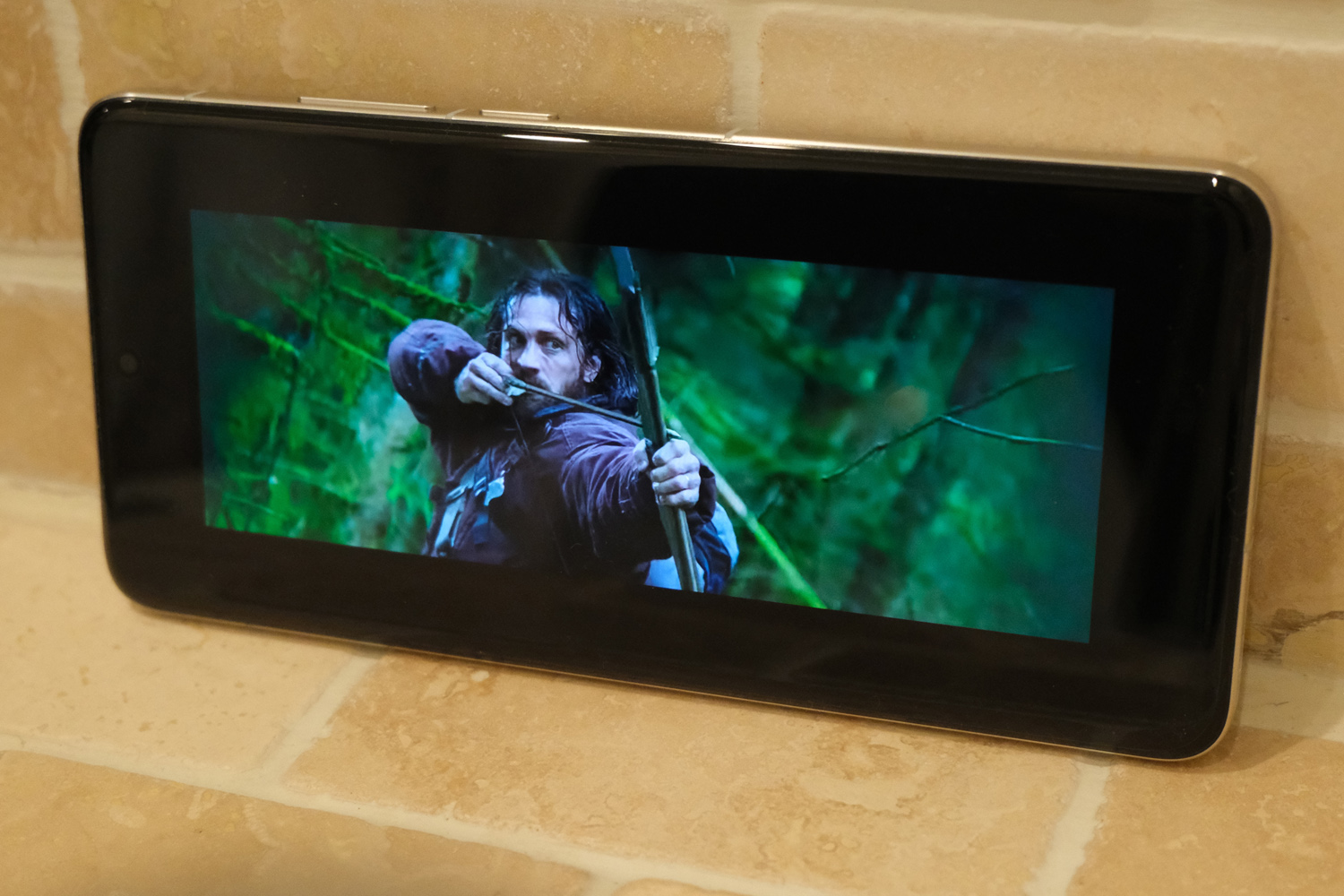
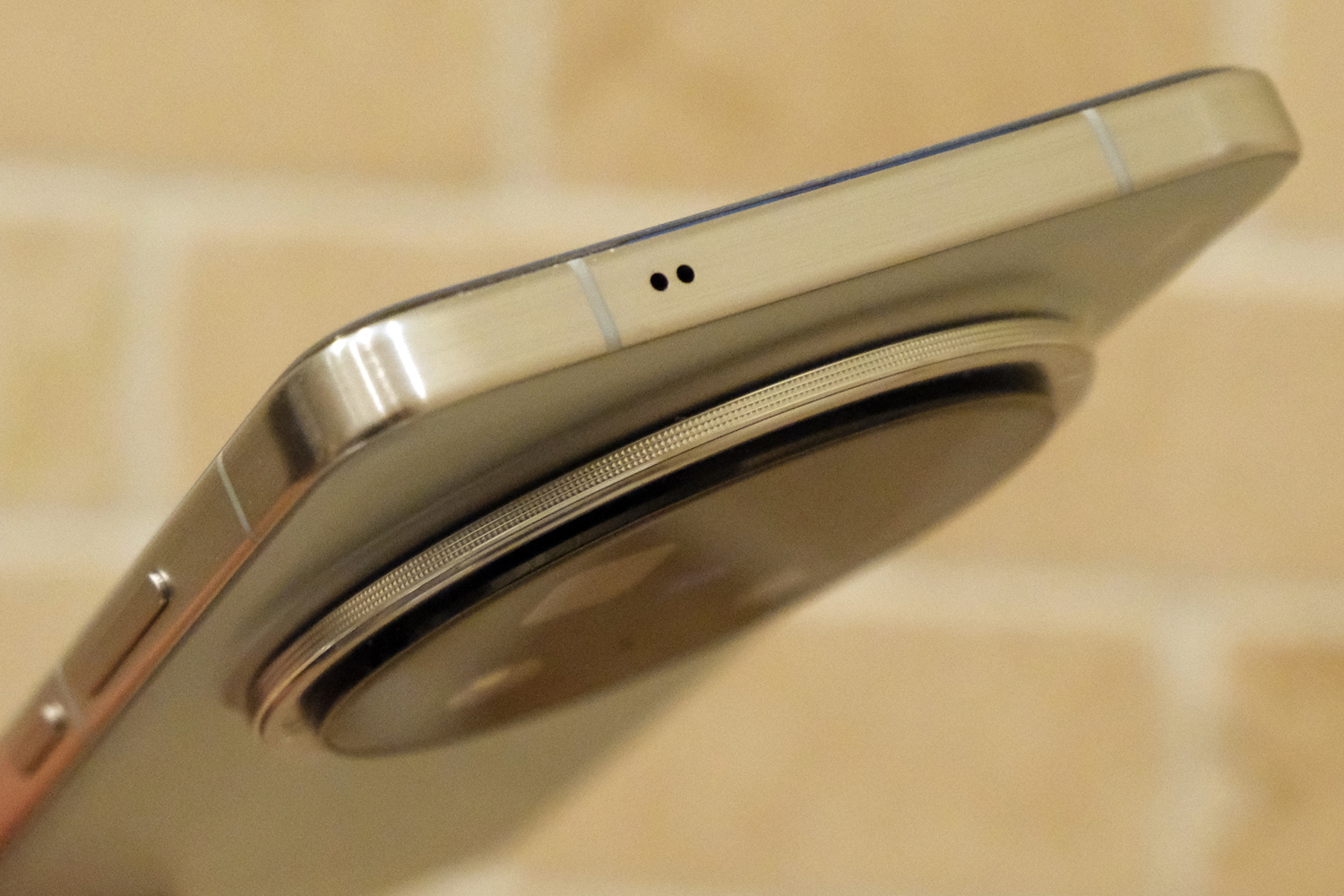
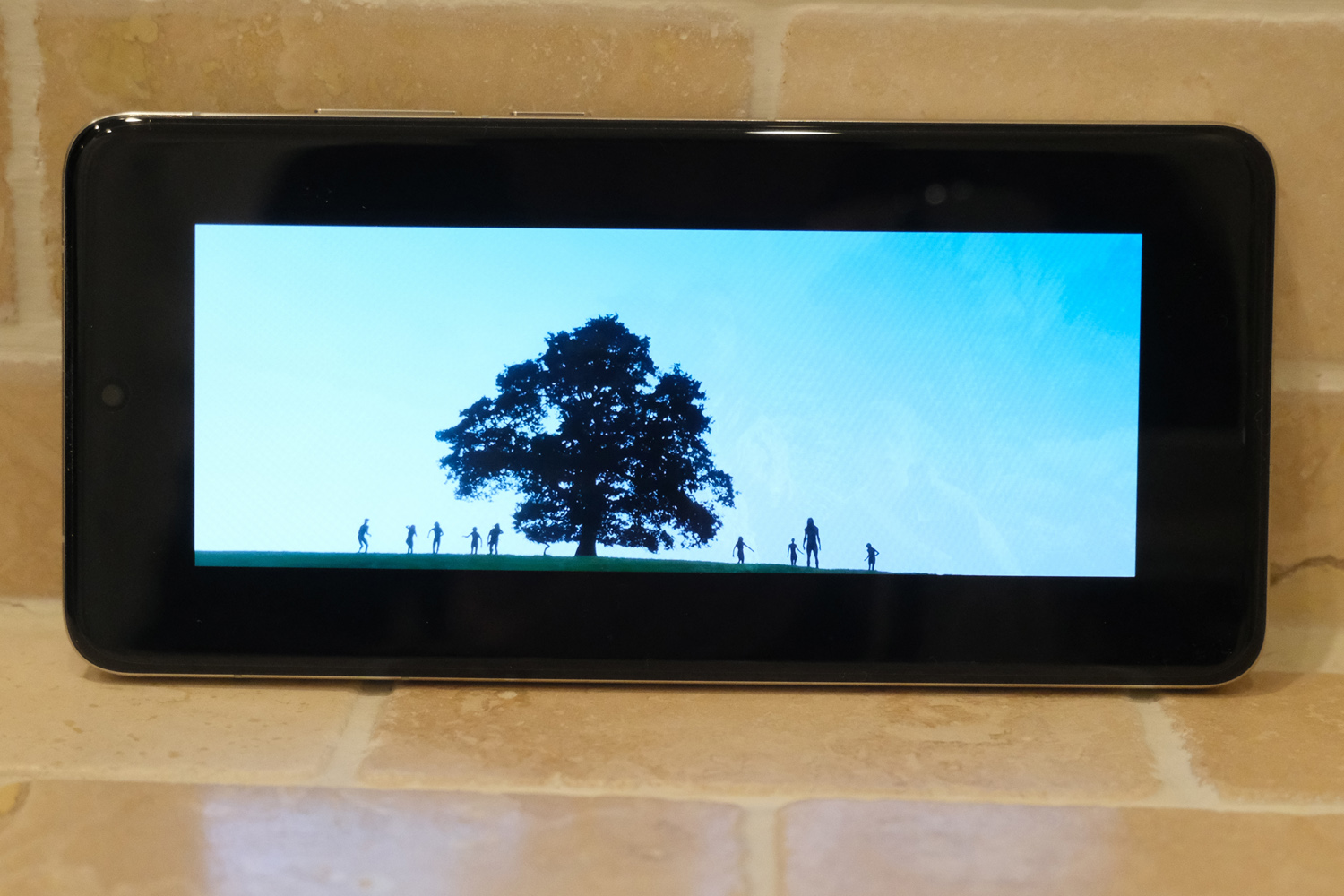
Vivo has stayed sensible for the X200 Pro’s display. The 2800×1260 resolution isn’t the most amount of pixels ever squeezed into a smartphone, but it looks sharp and detailed enough at arms’ length, and won’t tax the chipset to hard when playing games. Stretched over 6.78in, it’s up there with most mainstream flagships for pixel density.
There’s an AMOLED panel underneath, of course (find me a modern phone that doesn’t have one) – but one that can hit an impressive peak brightness. In the automatic mode it shines very brightly indeed, being a very close second to the Google Pixel 9 Pro XL in my testing. Manual brightness is a lot more conservative, dropping behind the latest Google, Samsung and Xiaomi alternatives, but is still gets bright enough to give HDR video content some real presence.
Vivo now supports all the HDR standards, including Dolby Vision (which was missing on last year’s model). Android Ultra HDR kicks in when scrolling through Google Photos and compatible apps like Instagram, too. Combined with the epic contrast, vibrant colours and perfect black levels AMOLED brings, multimedia has some serious punch on this phone.
The X200 Pro also has the latest kind of LTPO variable refresh rate tech, which can apparently dip as low as 0.1Hz, or a single refresh every ten seconds. There’s no Android app that can confirm that, but it definitely dropped to 1Hz for static content, and instantly ramped up to 120Hz whenever I started scrolling. There’s no real need to force 120Hz on all the time. I can’t really find anything to fault here.
That’s largely true of the speakers, too. OK, the downfiring main driver and earpiece tweeter combo can’t deliver the sense of stereo a pair of front-facing speakers can, but they get impressively loud, and have good tonal balance for a phone. I can only name one or two rivals, including the Samsung Galaxy S24 Ultra, that shout louder or are more impactful.
Cameras: zoom zoom
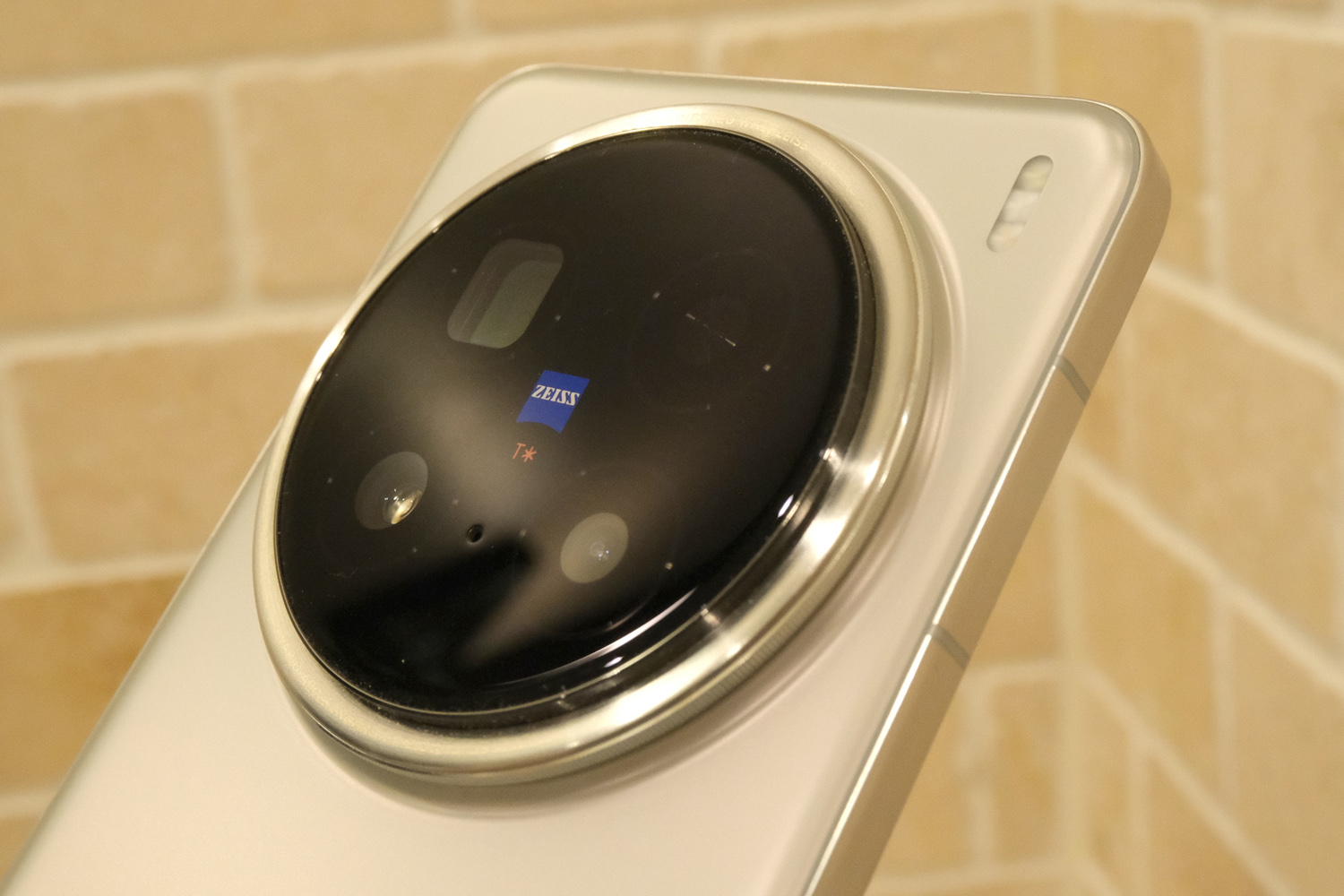
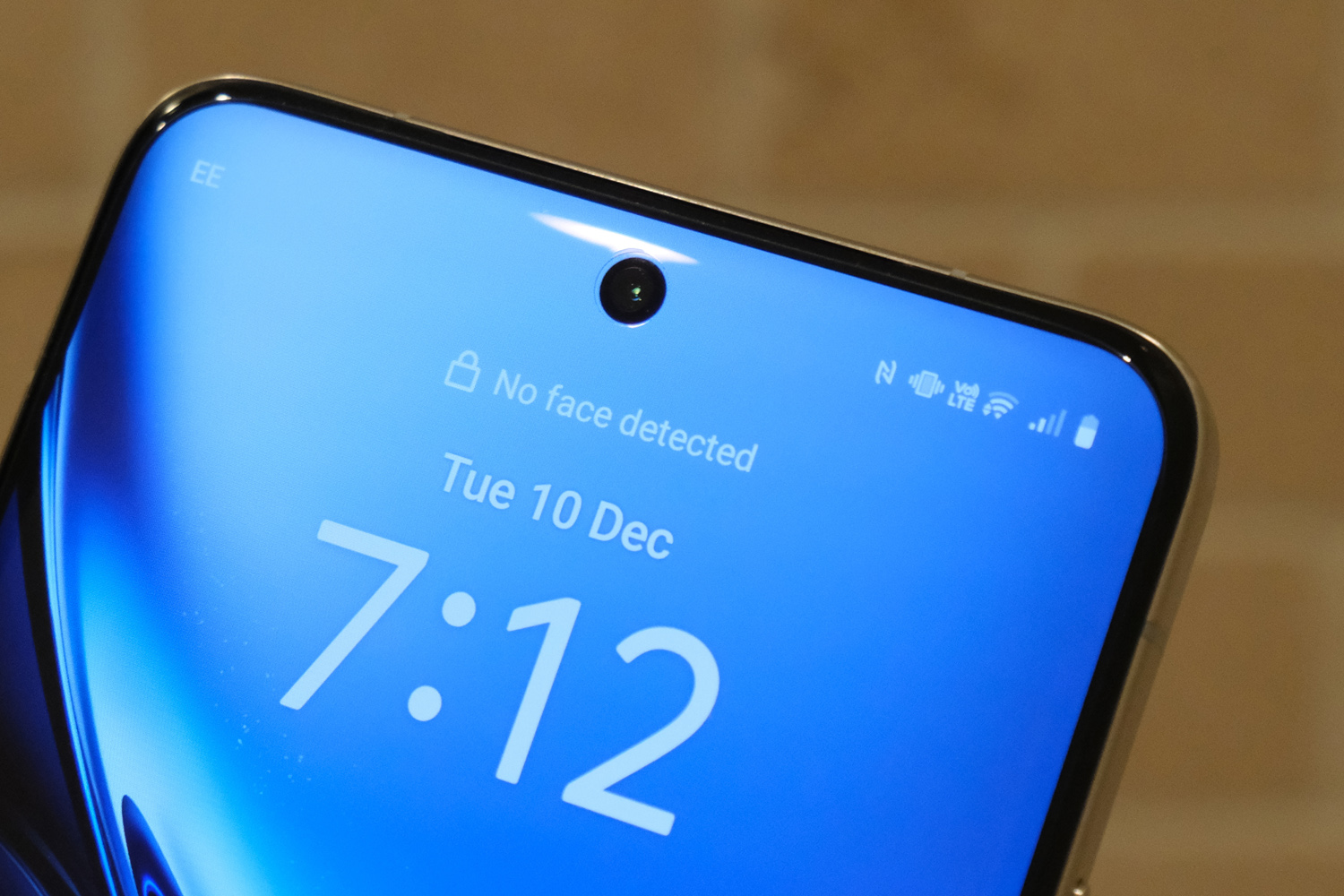
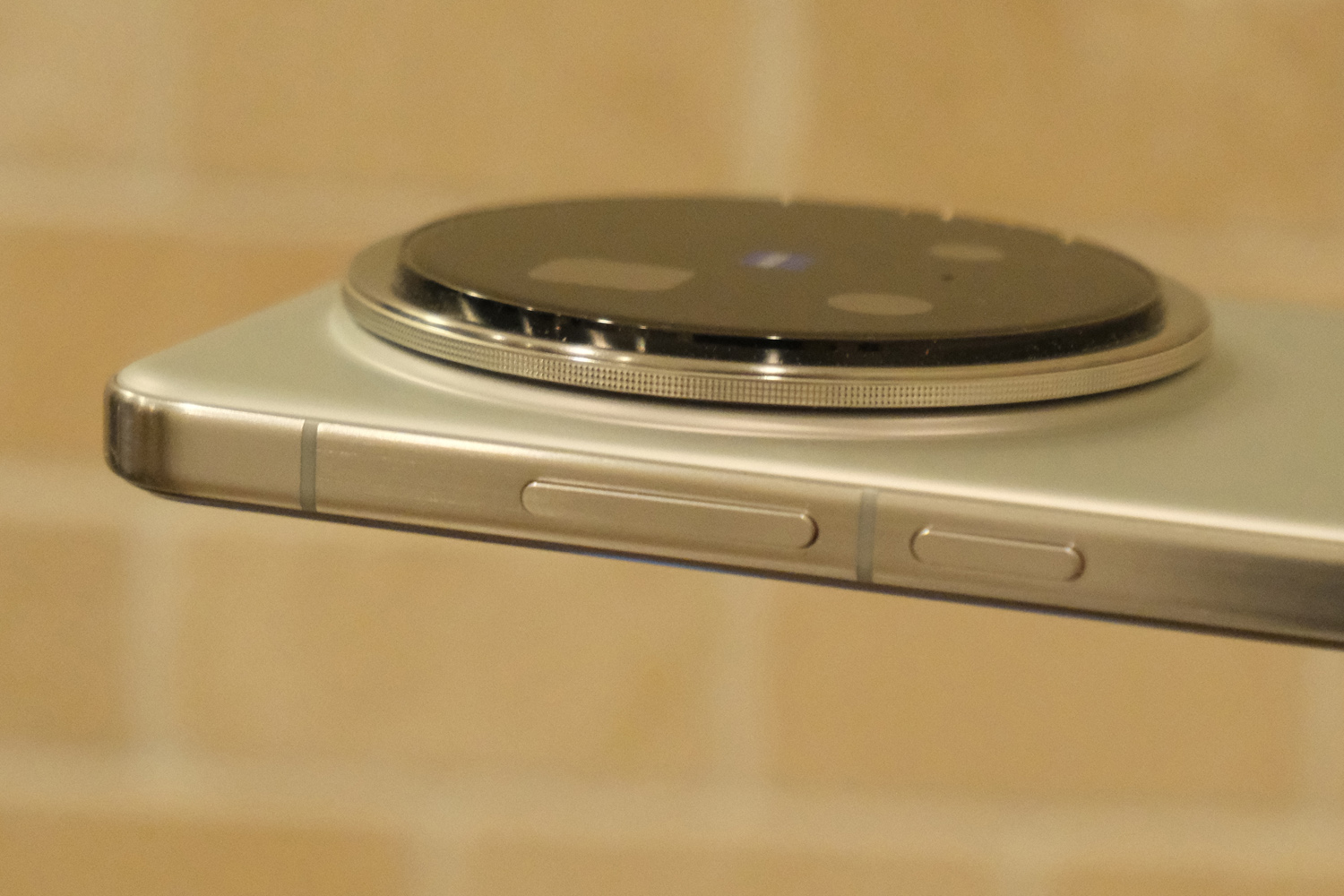
That colossal camera bump isn’t just for show. It holds a trio of mighty impressive sensors, led by a 50MP, 1/1.28in Sony LYT-818; this might be physically smaller than the 1in unit found in the old X100 Pro, but the f/1.6 aperture is usefully wider and should deliver similar bokeh blur for close-ups. The 50MP ultrawide is unchanged from last year and keeps autofocus.
It’s the periscope telephoto that’s the standout, though. Vivo has gone with a huge 200MP pixel count, from an uncharacteristically large 1/1.4in sensor. It’s physically twice as big as some Western flagship zooms, and is why Vivo has only included one, rather than the two zoom lenses seen on the Oppo Find X8 Pro. Factor in the optical image stabilisation and low light performance should be impressive. The 3.7x zoom, equivalent to 85mm in camera speak, is also the perfect focal length for portraits.
The camera app lets you quickly toggle between 0.6x, 1x, 2x, 3.7x and 10x zoom levels, with 2x and 10x relying on sensor cropping and a bit of digital zoom. I thought 2x shots were very good, though not quite as crisp and clear as last year’s model could manage. 3.7x, however, is where this phone truly shines. The X200 Pro takes simply outstanding zoom shots, with superb levels of detail and a tighter field of view than you get from most phones.
While 10x zoom adds some extra sharpening – and anything stronger starts to lose fine details as more digital magnification comes into play – I’d argue this is the best telephoto lens of any phone I’ve used in the last few years.











The minimum focus distance is slightly further back than it was last year, but only by a centimetre or two, and the natural bokeh on display makes close-up snaps look absolutely dreamy. The Super Macro mode relies on the ultrawide camera for the most part, and isn’t quite as good, so I largely turned it off and stuck with the telephoto instead. The clarity on show is simply superb.






The ultrawide contributes least to the overall package, as it’s not actually that much wider than the main snapper and can’t match it for clarity, even if colours and dynamic range are otherwise on point. On the whole, Vivo’s image processing delivers nuanced and natural looking hues, with a handful of modes (including a Zeiss-approved natural tone) letting you quickly give your snaps a different feel.
During the day, the main sensor delivers sharp, saturated and correctly exposed shots that in some cases will make you think they came from a mirrorless camera rather than a phone. Everywhere else it comfortably rubs shoulders with the very best camera phones out there.
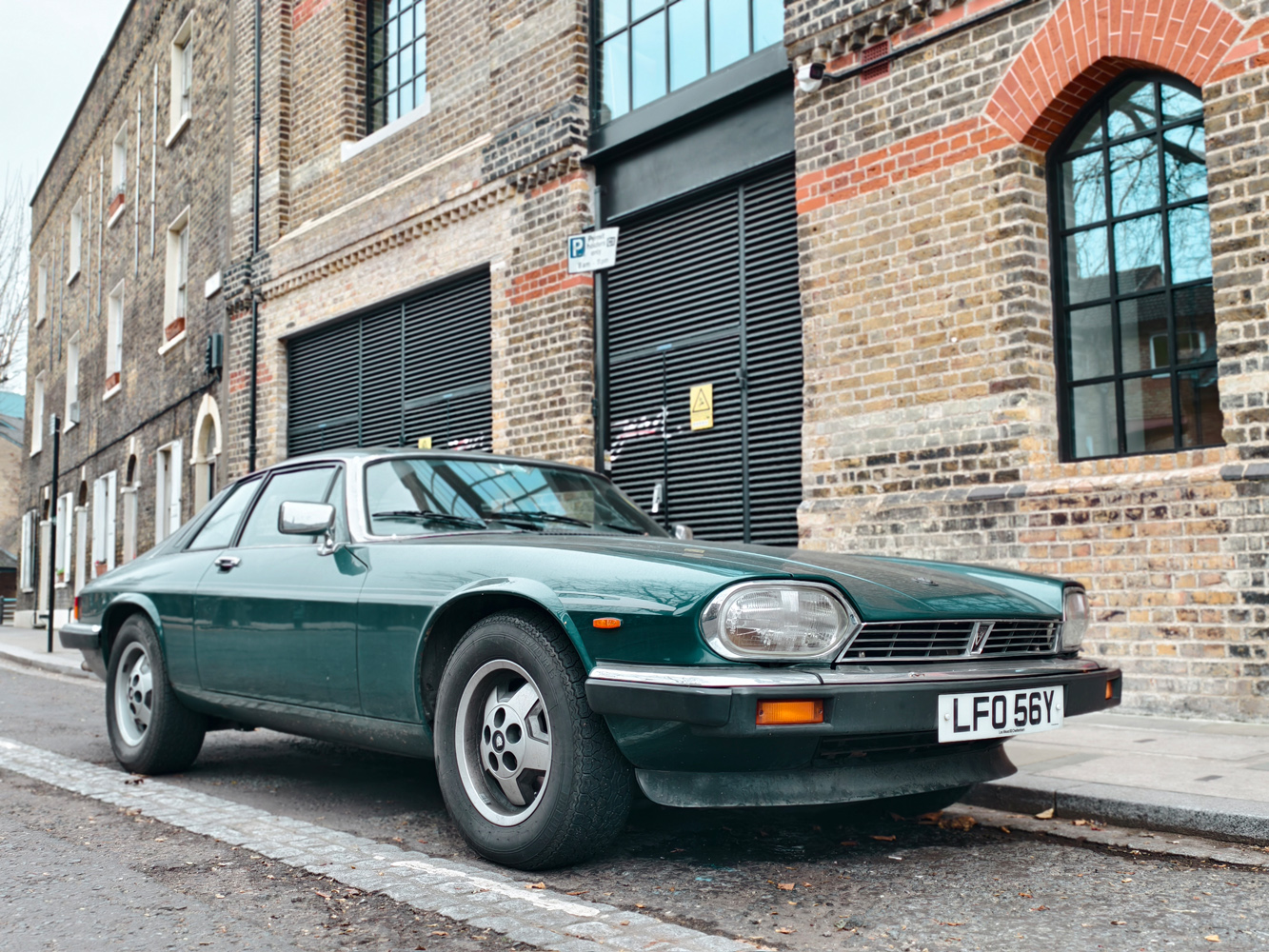

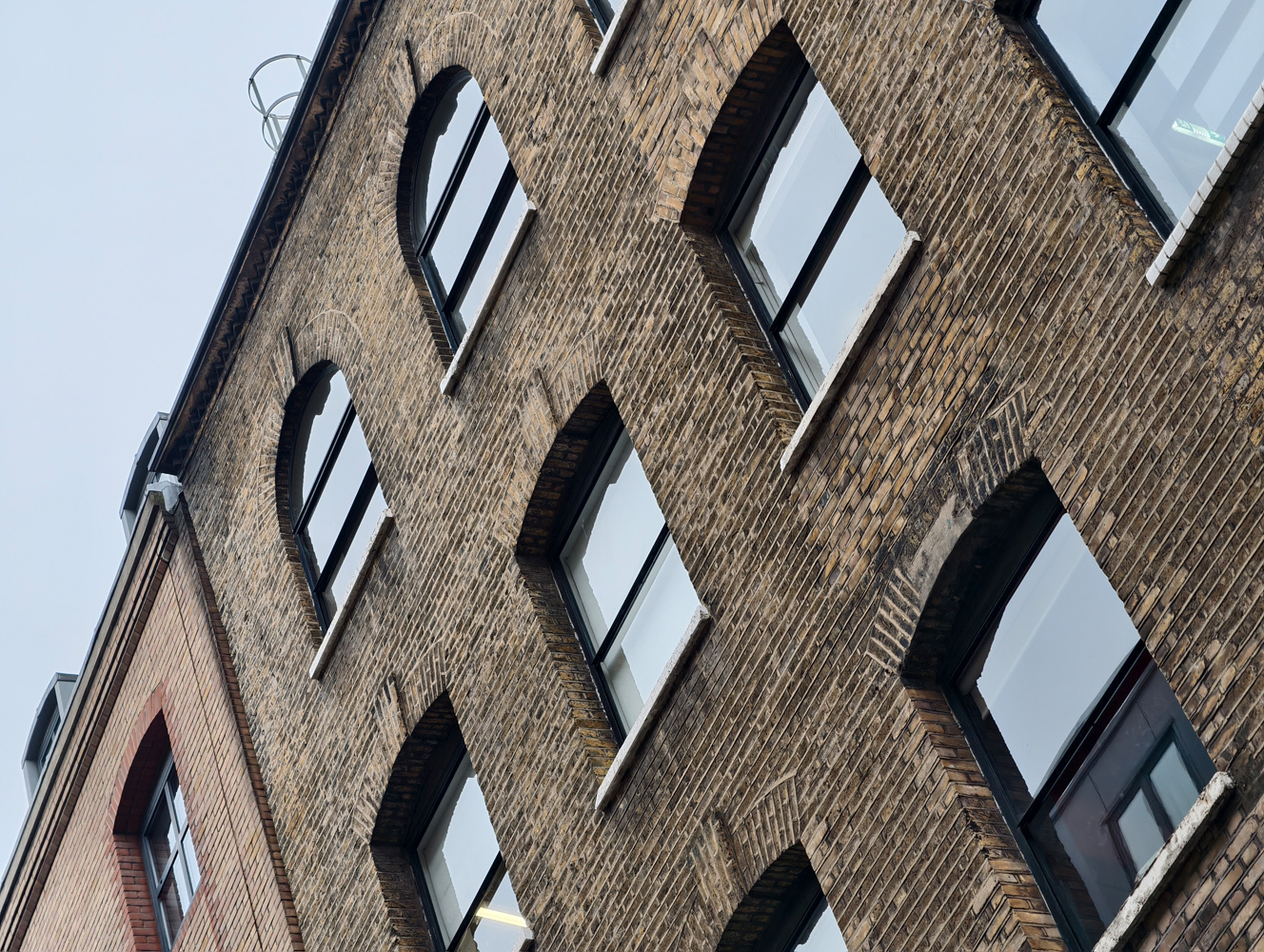









At night I often reached for the telephoto over the main lens – it takes wonderfully clean shots with plenty of detail and accurate colours. The lead snapper can still deliver, of course, with a refreshing lack of noise and highlights that aren’t at all blown out, alongside dark shadows.



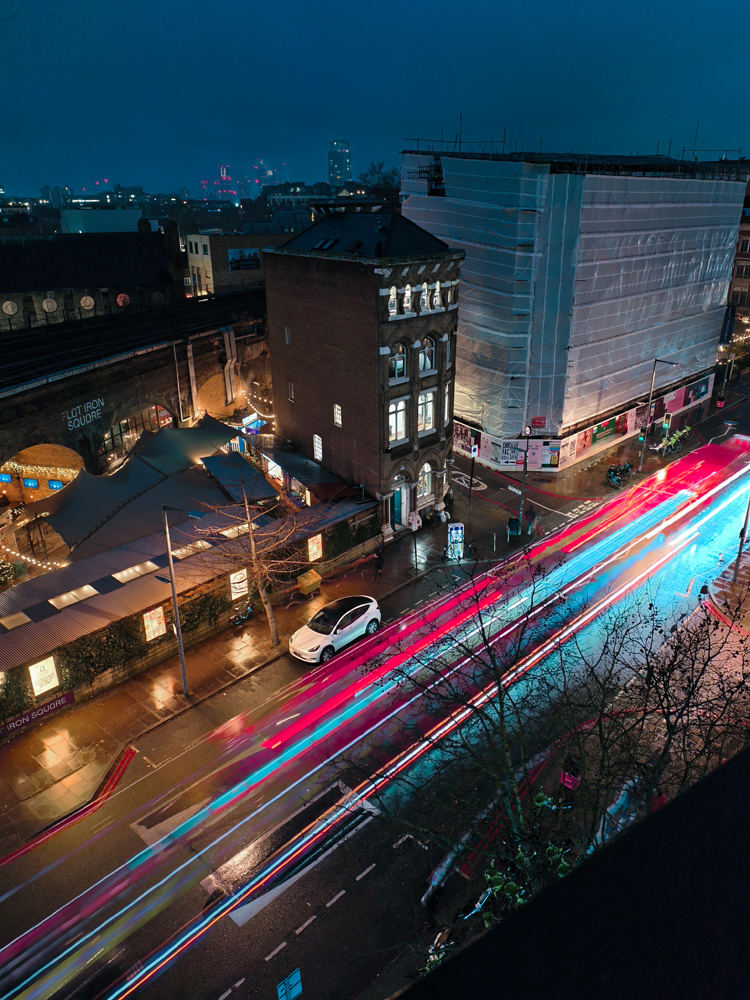



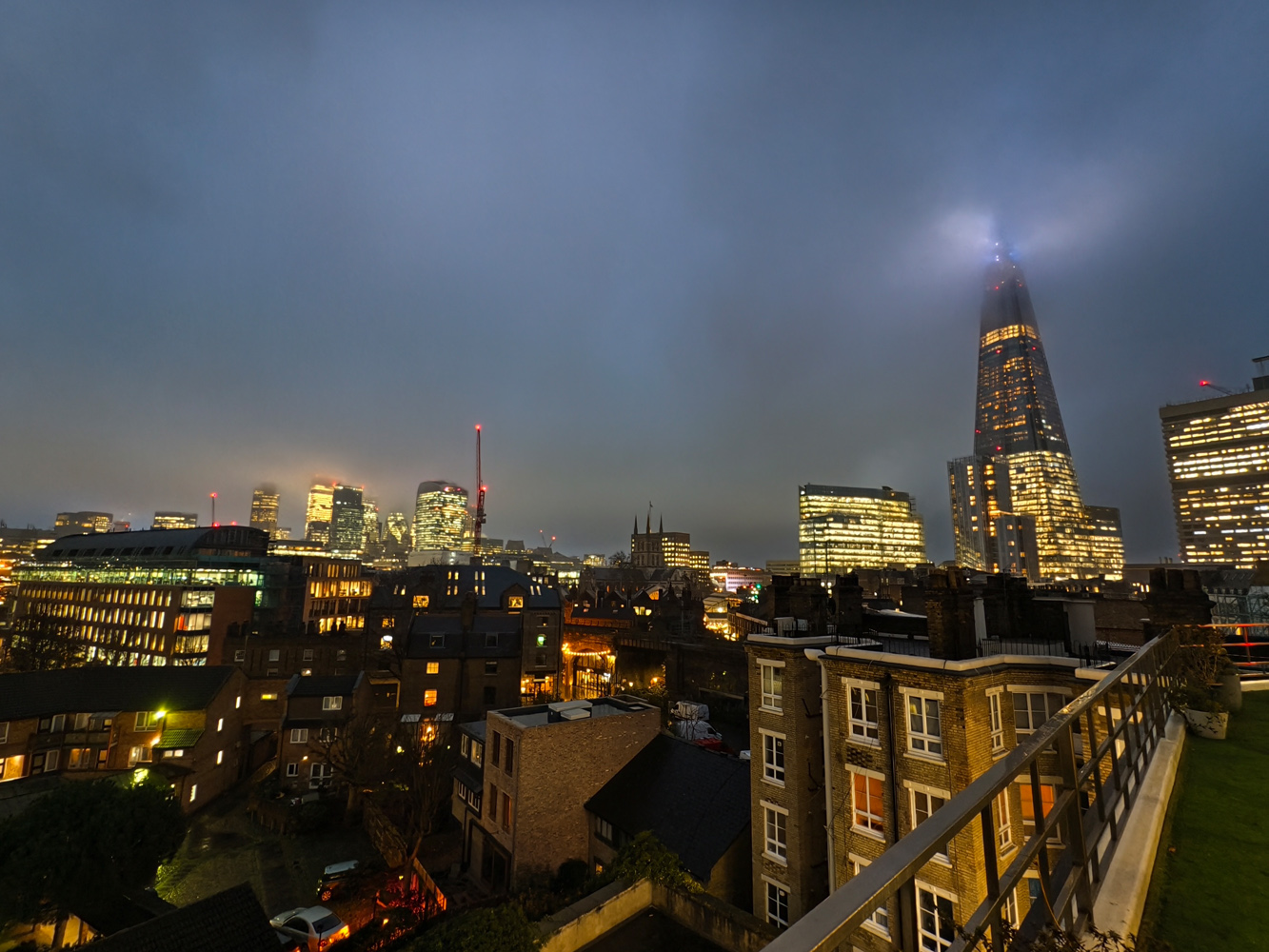
All of the X200 Pro’s camera positives translate to its video modes, too. Stabilisation is very good, and low light performance – especially using the telephoto lens – is among the best around. The camera app gives you plenty of resolution and frame rate options, and the portrait video mode is great for convincing bokeh blur.
Software experience: a sense of fun
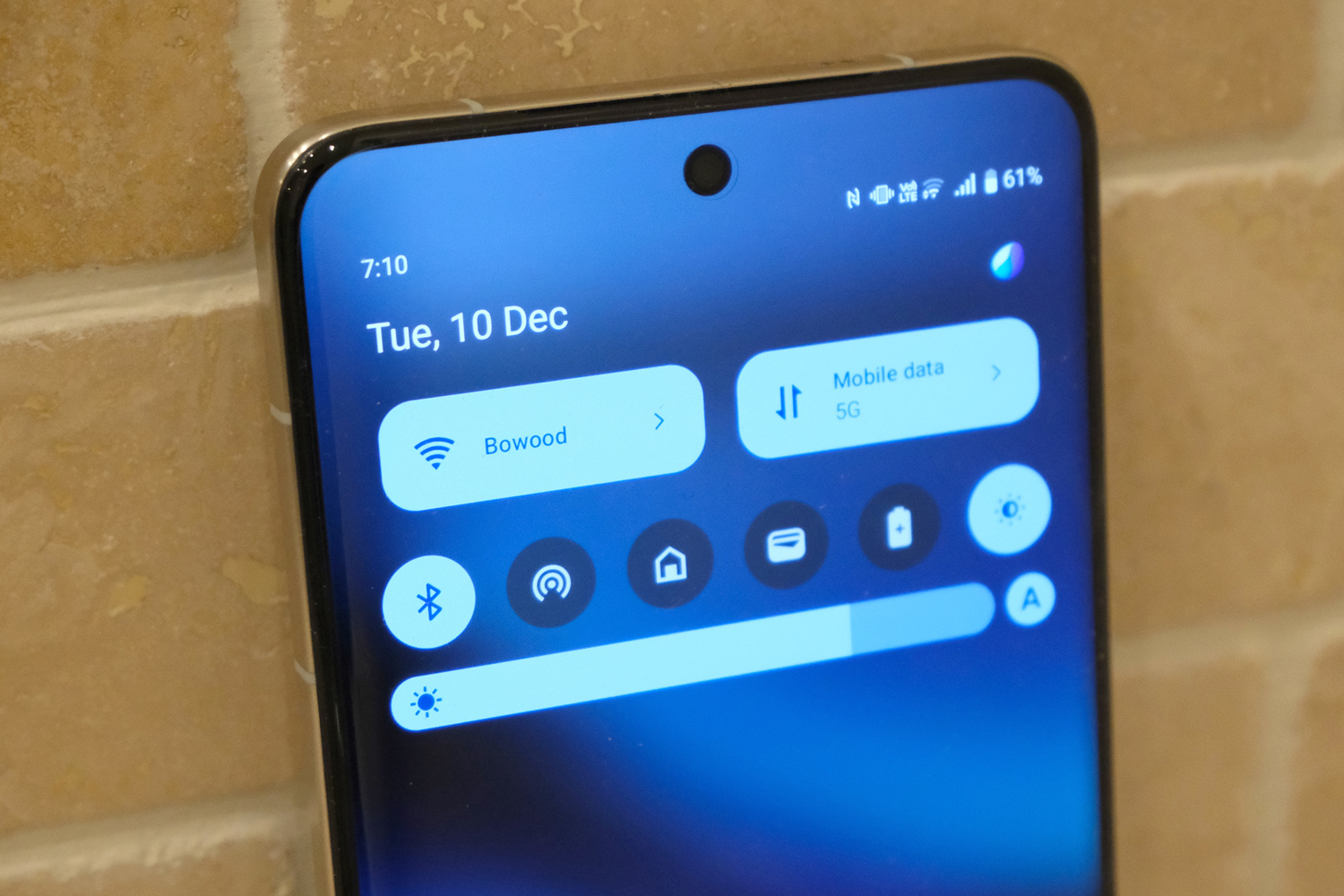
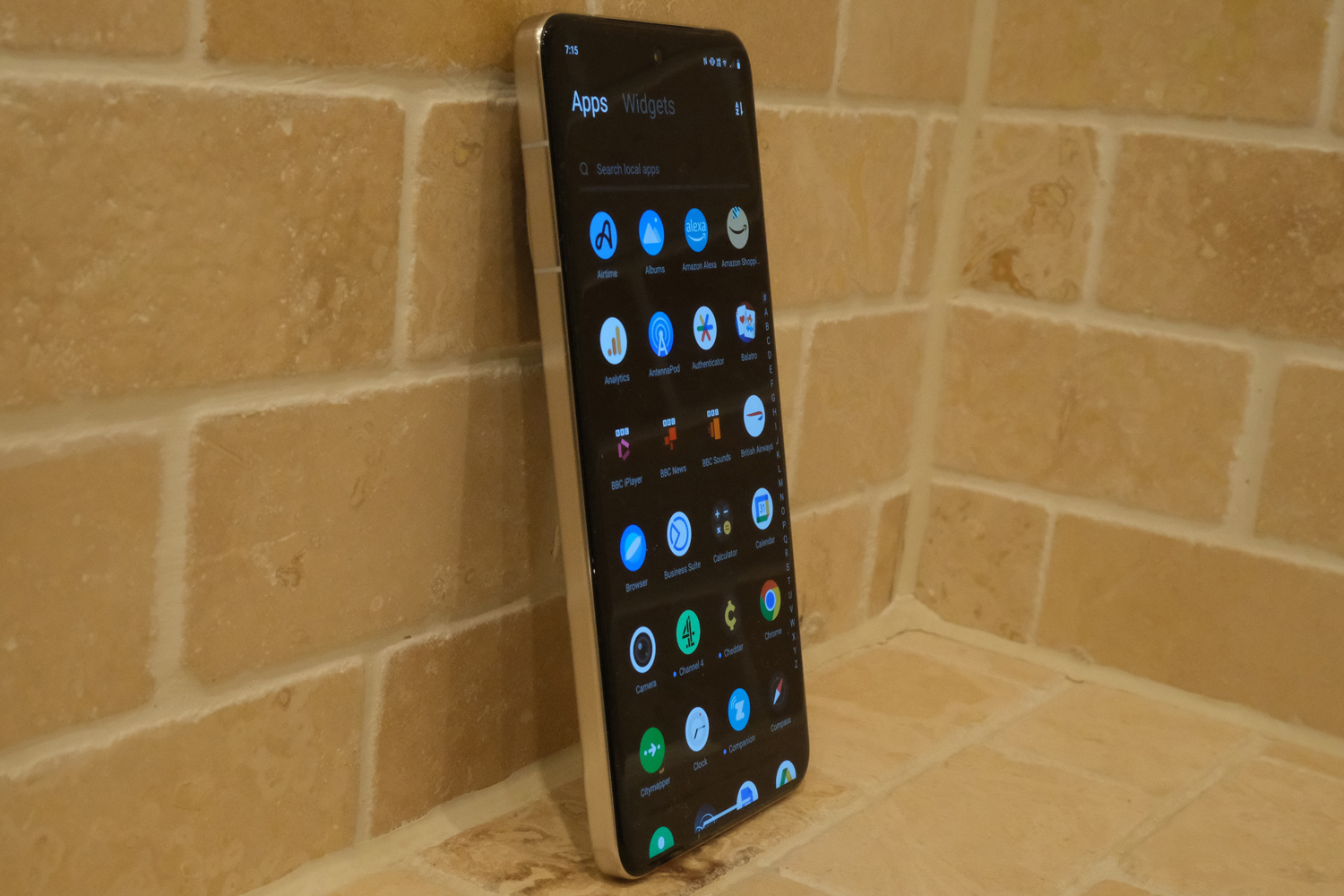
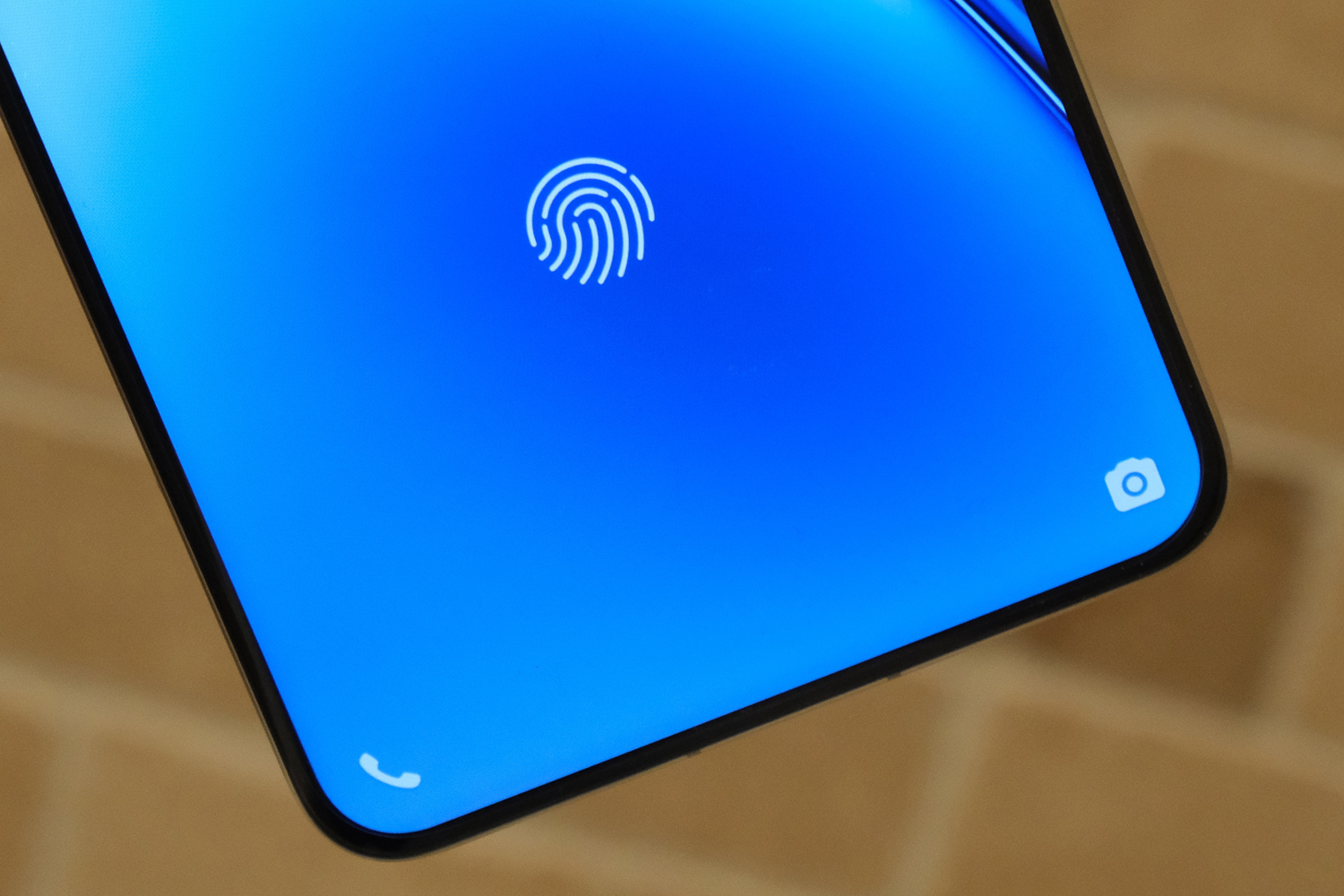
Vivo phones destined for global audiences get Funtouch OS, rather than the Origin OS skin seen on Chinese variants. There’s not a massive difference between the two, and both sit on top of Android 15. Customisation stays the order of the day, with ways to tweak everything from the homescreen wallpaper to the animation that plays when you plug in a power cable.
There are a few pre-installed apps aimed at Indian and Malaysian audiences, but I could delete them easily enough. Vivo has lots of defaults that’ll be redundant if you’re all-in on Google, but they don’t exactly eat into the phone’s expansive storage – 256GB as standard, but with 512GB and 1TB models on offer.
This is 2024, so of course there’s no escaping AI. The X200 Pro has Google’s Gemini assistant as standard and Circle to Search, plus the usual handful of transcription, live translation and note summarising functions most brands now offer. They work about as well as I’ve come to expect – and are only useful if you make lots of notes or voice recordings. The AI-assisted image editing has wider appeal. You can tap and hold to cut out a photo’s main subject, erase background distractions, and delete shadows from document pictures.
Long-term software support is decent, with Vivo promising four new Android generations. That’s still a few years less than you’ll get from a Samsung Galaxy or Google Pixel, though.
Performance & battery life: new flagship standard
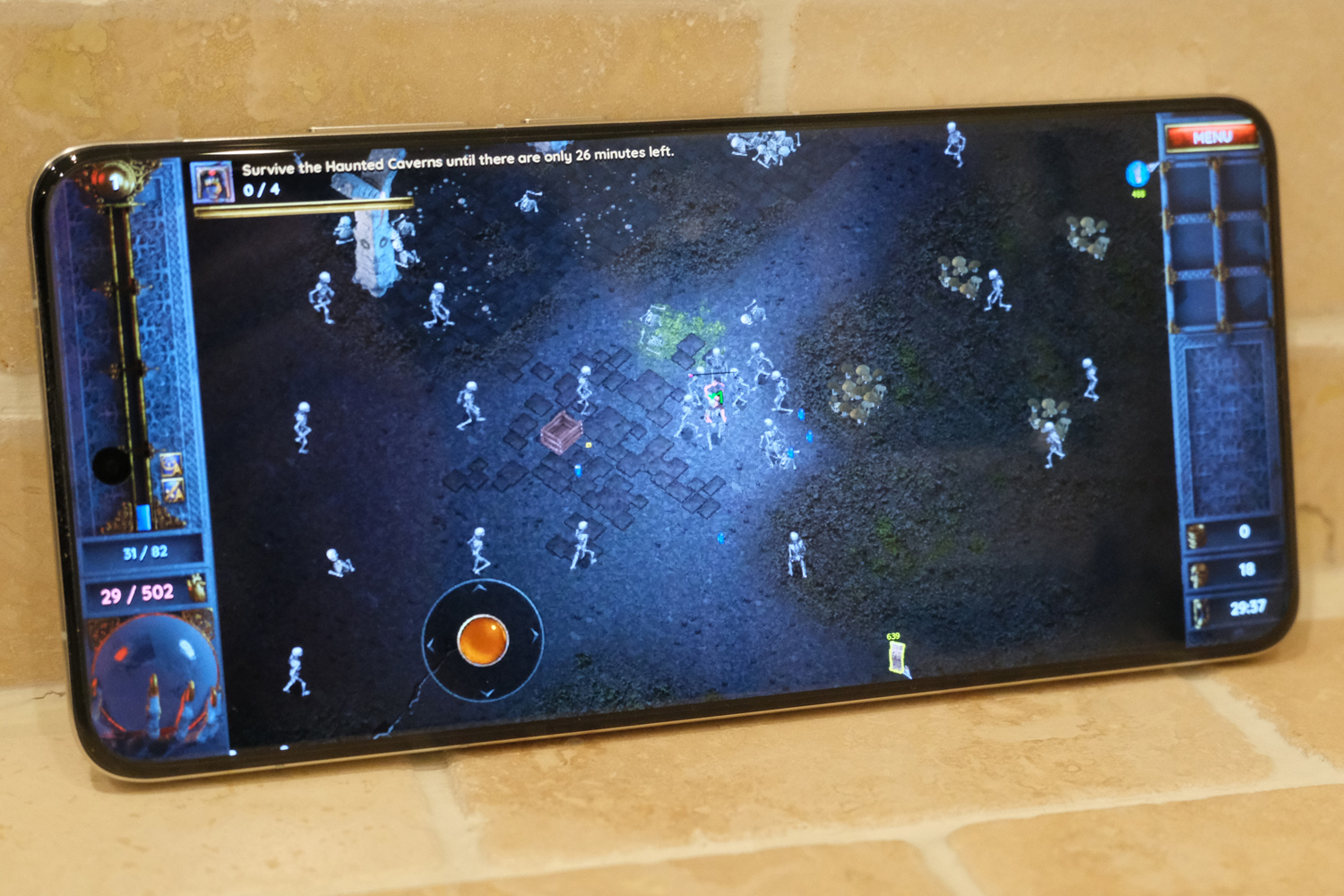
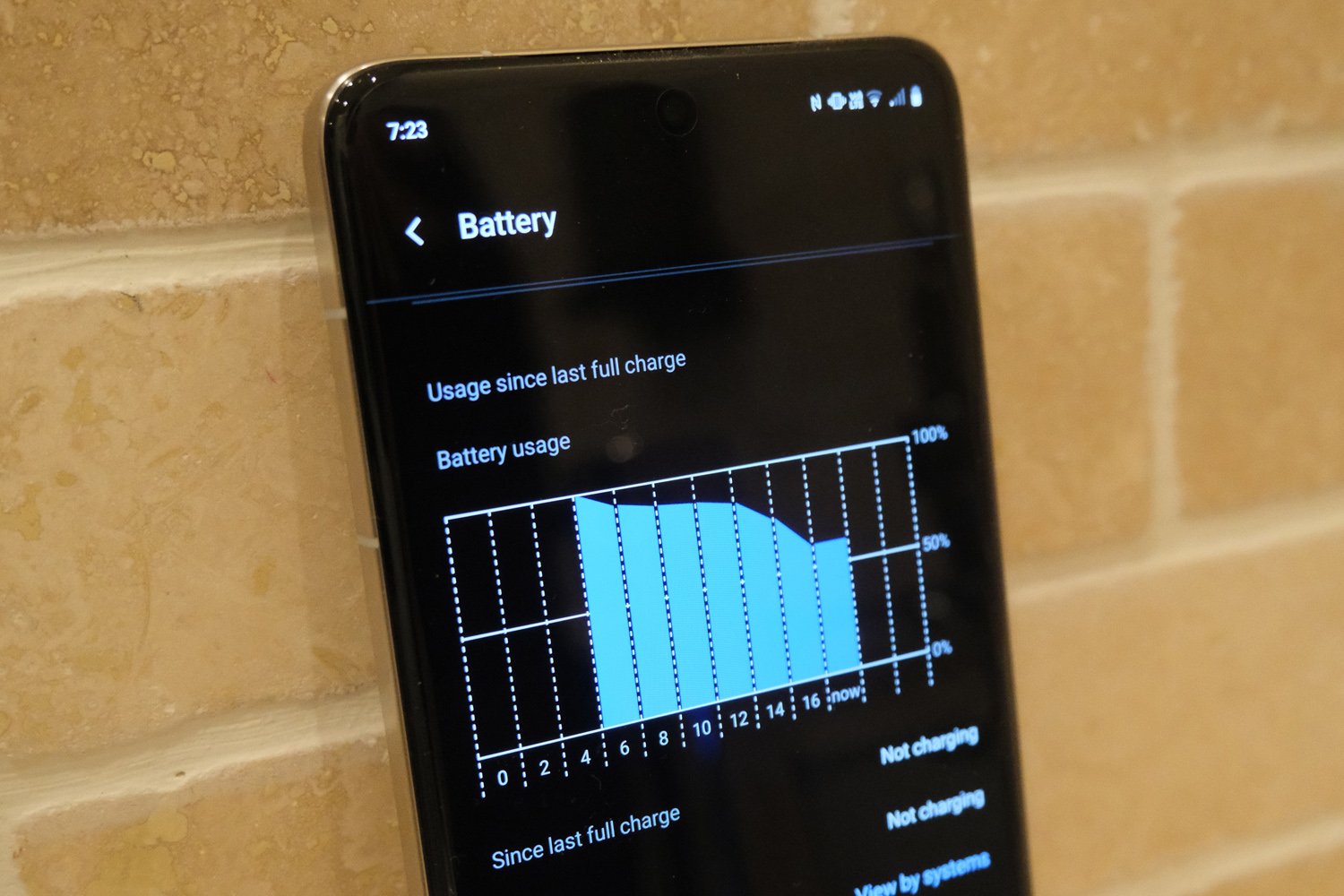
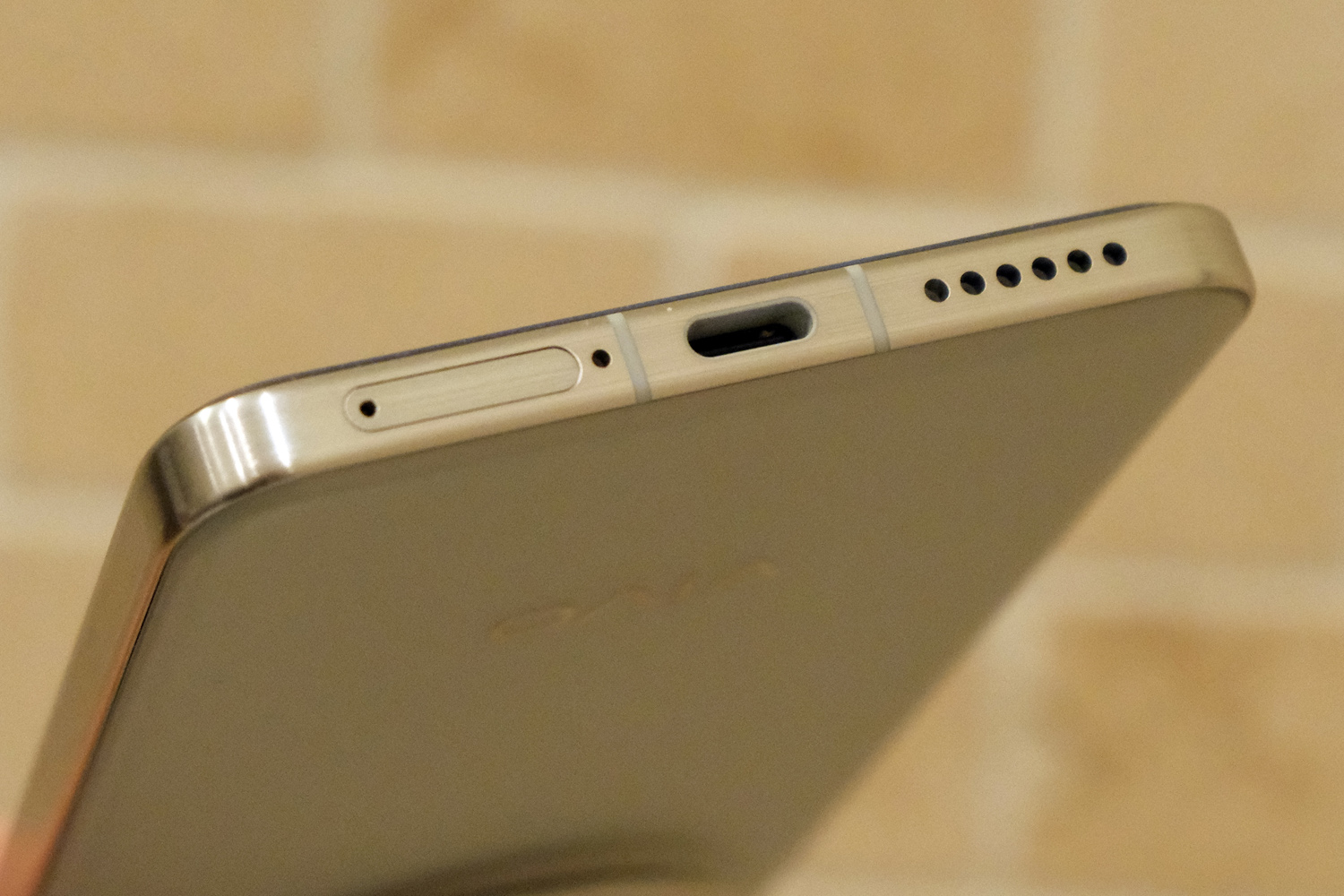
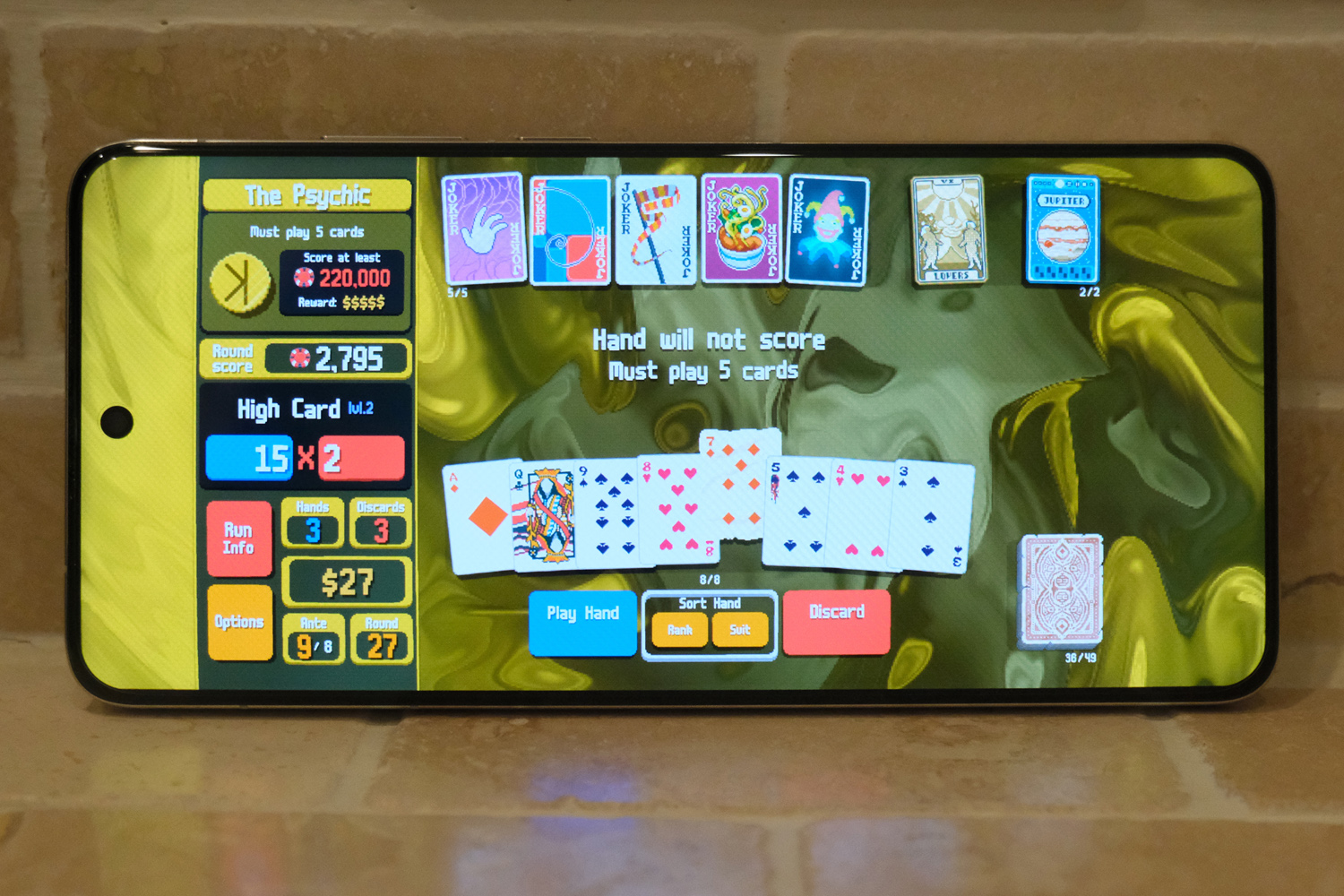
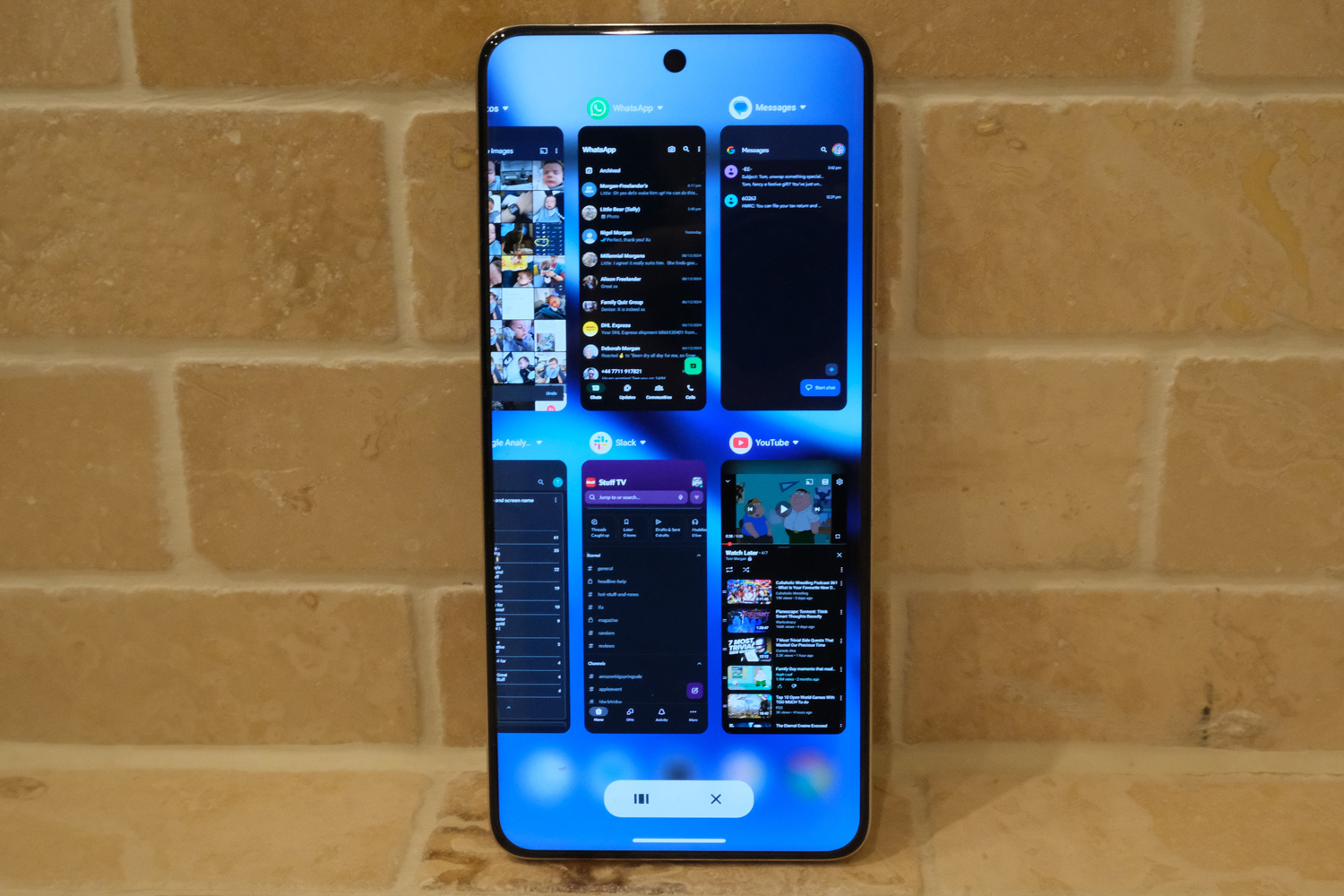
Qualcomm and MediaTek raised the mobile performance bar with their newest flagship silicon, with little to separate the two in benchmark league tables. Vivo partnered with the latter last year for the X100 Pro, so it’s no surprise to see a Dimensity 9400 at the heart of the X200 Pro.
Synthetic tests see it trading blows with the Snapdragon-powered Asus ROG Phone 9 Pro (in its default power profile) for 2D tasks, with single- and multi-threaded performance that’s comfortably 20% greater than anything the previous generation could manage. Naturally that translated to a flawless Android experience, with apps loading pretty much instantly, multitasking showing no signs of stutter, and animations being perfectly smooth at all times.
It’s not like Vivo has gone overboard with memory, either: you get either 12GB or 16GB of RAM here, depending on which storage capacity you go for. The Asus’ 24GB looks like diminishing returns in comparison, at least for daily use. Unsurprisingly, performance is a very close match for the Oppo Find X8 Pro, which also uses Dimensity power.
MediaTek has the advantage over Snapdragon in gaming, too. Every 3DMark benchmark I tried gave the win to the Vivo X200 Pro, even when the Asus ROG Phone 9 Pro was hooked up to its optional active cooler accessory – at least for 20 minute burst sessions, anyway. Demanding titles ran very well, delivering 120fps gameplay where higher refresh rates were supported, and sustained performance was as good as any flagship phone I’ve tested recently. Sure, it gets a little warm when you push it, but not so much that it hampers performance.
Arguably more impressive was how the X200 Pro could deliver this level of grunt without also sucking its battery dry at ridiculous speed. It certainly helps Vivo has found room inside for a giant 6000mAh battery, using silicon carbon chemistry to squeeze in more than 1000mAh extra capacity than anything Samsung or Google currently offers.
For daily use, that means I could last all day away from home, with some 5G hot spotting to my laptop, Bluetooth streaming to a pair of headphones, GPS navigation, and lots of photography. By the time I made it home that evening, I still had 28% remaining. The Asus ROG Phone 9 Pro was event more efficient, but you’re still looking at several hours more life than anything else that launched in 2024.
The new battery chemistry could be why wireless charging isn’t the speediest at 30W, but that’s still twice as fast as Qi2. Wired top-ups are at a rapid 90W, and though the single cell can’t top up quite as quickly as a dual-cell rival, I still saw a 40% recharge in a quarter of an hour, and a full refuel took just 45 minutes.
Vivo X200 Pro verdict
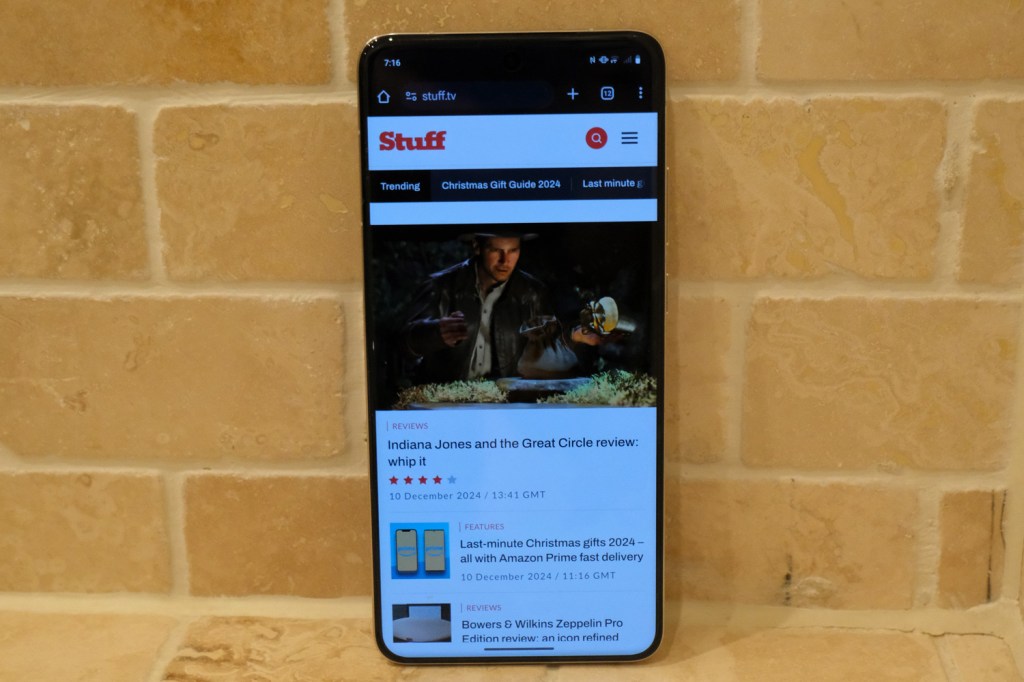
If you live in a country where the Vivo X200 Pro is sold officially, you should absolutely check it out. Performance is up there with the best late-2024 and 2025 flagships, battery life is genuinely impressive, and the screen is a beauty. I can’t really fault the styling either – sure, it feels a little samey, but seemingly the whole phone world is guilty of that these days.
Photography is where this phone stands out, with one of the best zoom lenses I’ve used and image processing that’s on point pretty much everywhere. Some rivals eke out wins in certain situations, but the Vivo doesn’t really let the side down anywhere. I prefer its colour treatment to anything Samsung or Apple is doing right now, which is high praise indeed.
The downside for Western readers is that getting hold of one can be a chore – and won’t come with the added security of a warranty or convenient repairs. If that’s a dealbreaker, the Oppo Find X8 Pro is a fine alternative that’s maybe not quite as good on the zoom front, but keeps up everywhere else. If you like championing tech that’s a little left field, though, this is well worth your time.
Stuff Says…
Another fantastic flagship and arguably the best cameraphone out there right now for zoom photography. The Vivo X200 Pro has no major weakness – except for its limited global availability.
Pros
Outstanding photos in all situations
Flagship performance and long battery life
Slick stying and gorgeous OLED screen
Cons
Vivo X200 Pro technical specifications
| Screen | 6.78in, 2800×1260 1-120Hz LTPO AMOLED |
| CPU | MediaTek Dimensity 9400 |
| Memory | 12GB/16GB |
| Cameras | 50MP, f/1.6 w/ PDAF, OIS + 200MP, f/2.7 telephoto w/ PDAF, OIS, 3.7x optical zoom + 50MP, f/2.0 ultrawide w/ autofocus rear 32MP, f/2.0 front |
| Storage | 256GB/512GB/1TB on-board |
| Operating system | Android 15 w/ ColorOS |
| Battery | 6000mAh w/ 90W wired, 30W wireless charging |
| Dimensions | 162x76x8.2mm, 223g |

